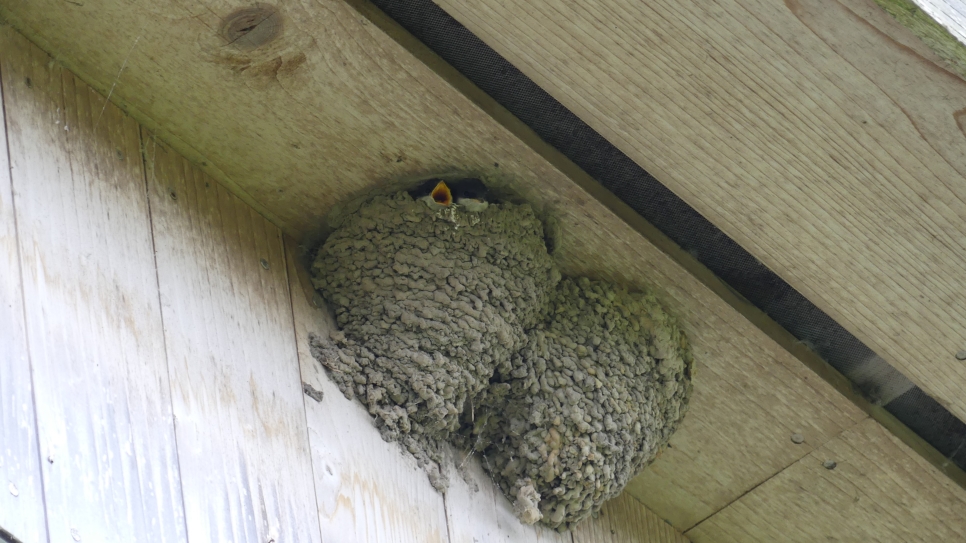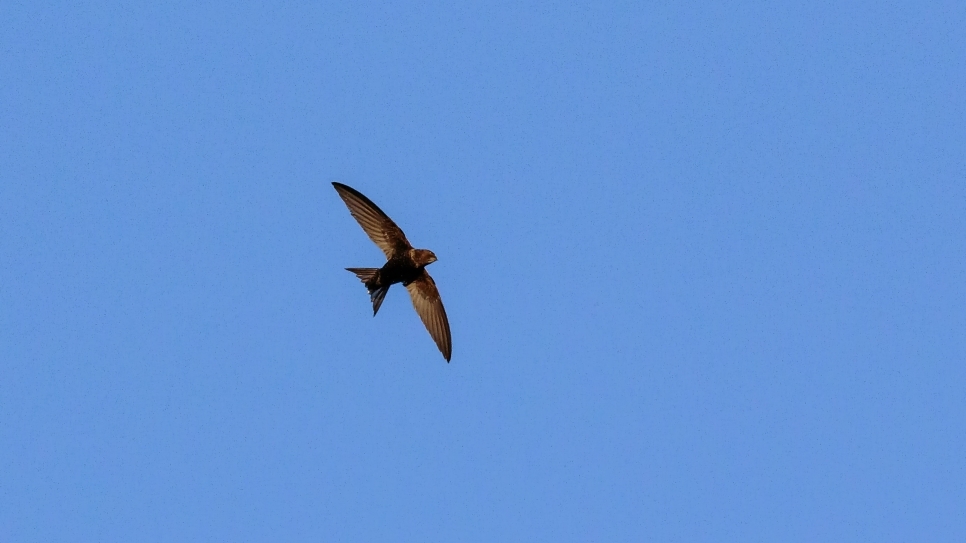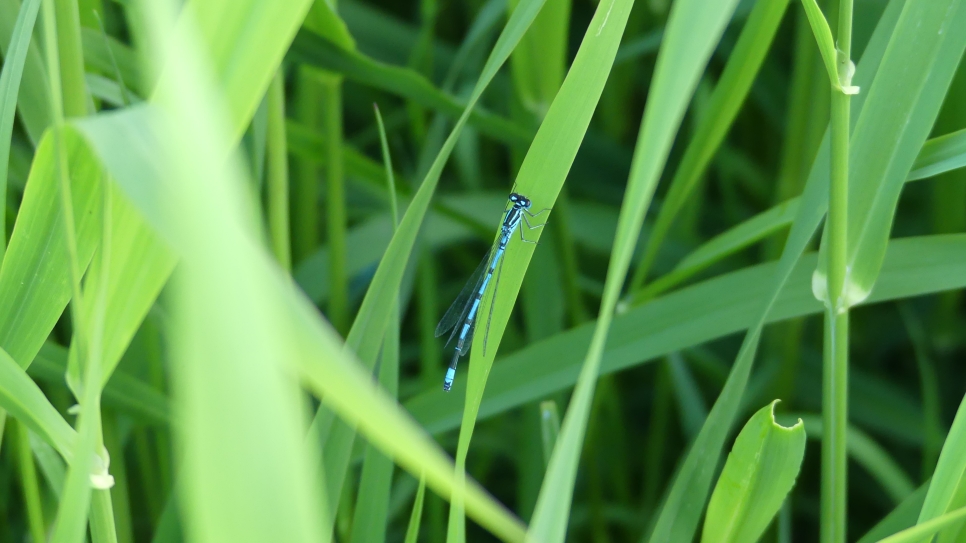World Wetlands Day
World Wetlands Day takes place annually on 2nd February and is a celebration of wetland habitats around the world.
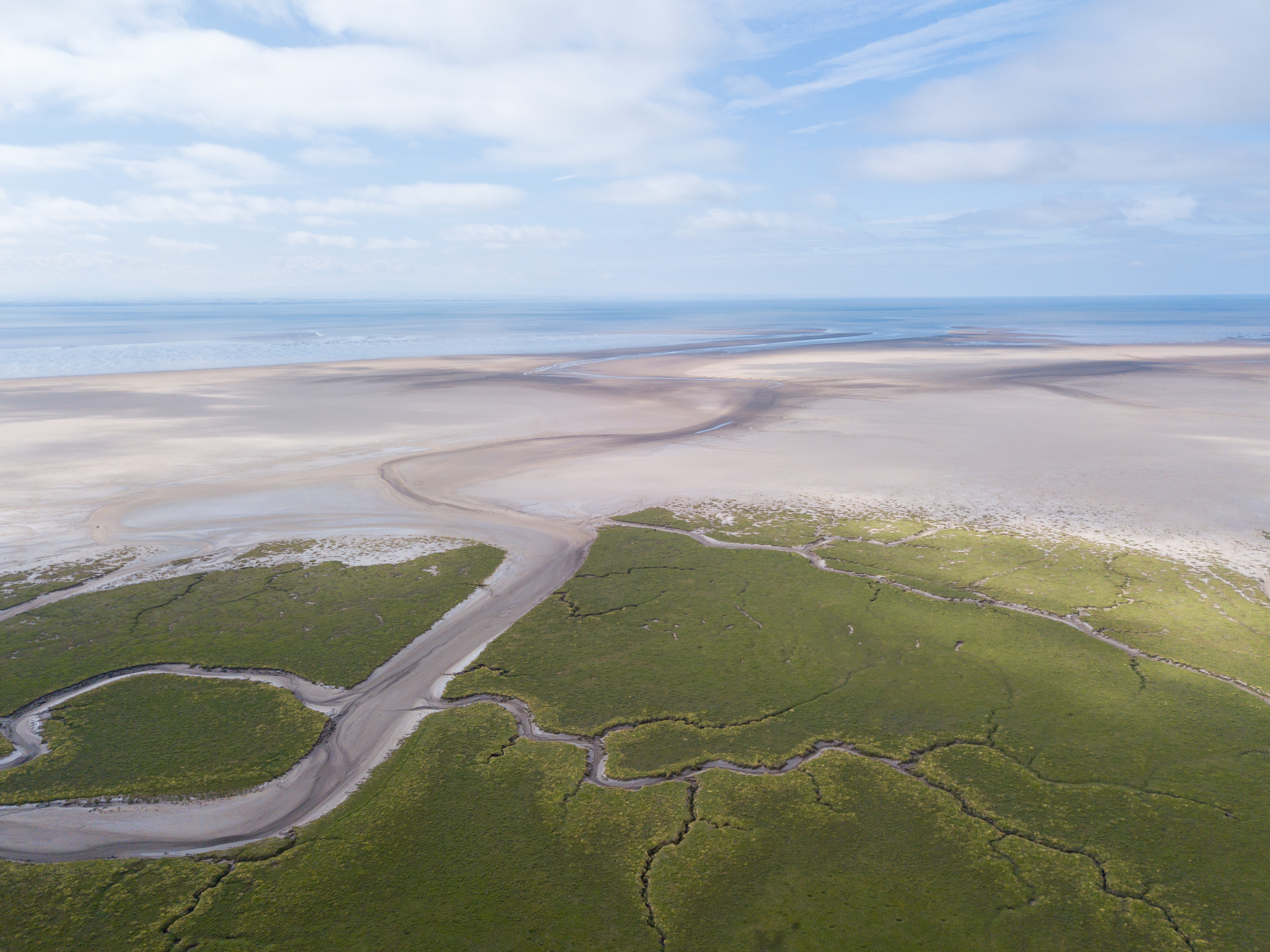
World Wetlands Day takes place annually on 2nd February and is a celebration of wetland habitats around the world. The theme in 2021 is ‘Wetlands and Water’. Good water quality is key to a healthy wetland ecosystem and engagement with the public and local communities, is vital to raise awareness of the importance of wetlands around the world.
The wetland at WWT Caerlaverock is internationally renowned.On the Solway Firth in beautiful South West Scotland, just 8 miles from Dumfries, our wild wetland reserve consists of 607 hectares of saltmarsh (known locally as ‘merse’), wet marshy grasslands, short wet pasture, reedbeds and scattered rushes and scrapes, and pools with muddy margins.
Saltmarsh is a rare habitat and this is the largest area of saltmarsh in Scotland. Saltmarsh plants have evolved to thrive in this hostile habitat, with brackish water and daily tides. Plants such as glasswort, eelgrass and cordgrass thrive on the mudflats.
This unusual habitat is home to some unique wildlife. The natterjack toad is a rare amphibian found on the Solway coastline. With a distinctive yellow stripe down its back, it needs the shallow pools and short grass (tended by our Hebridean sheep), with bankings to hibernate in.
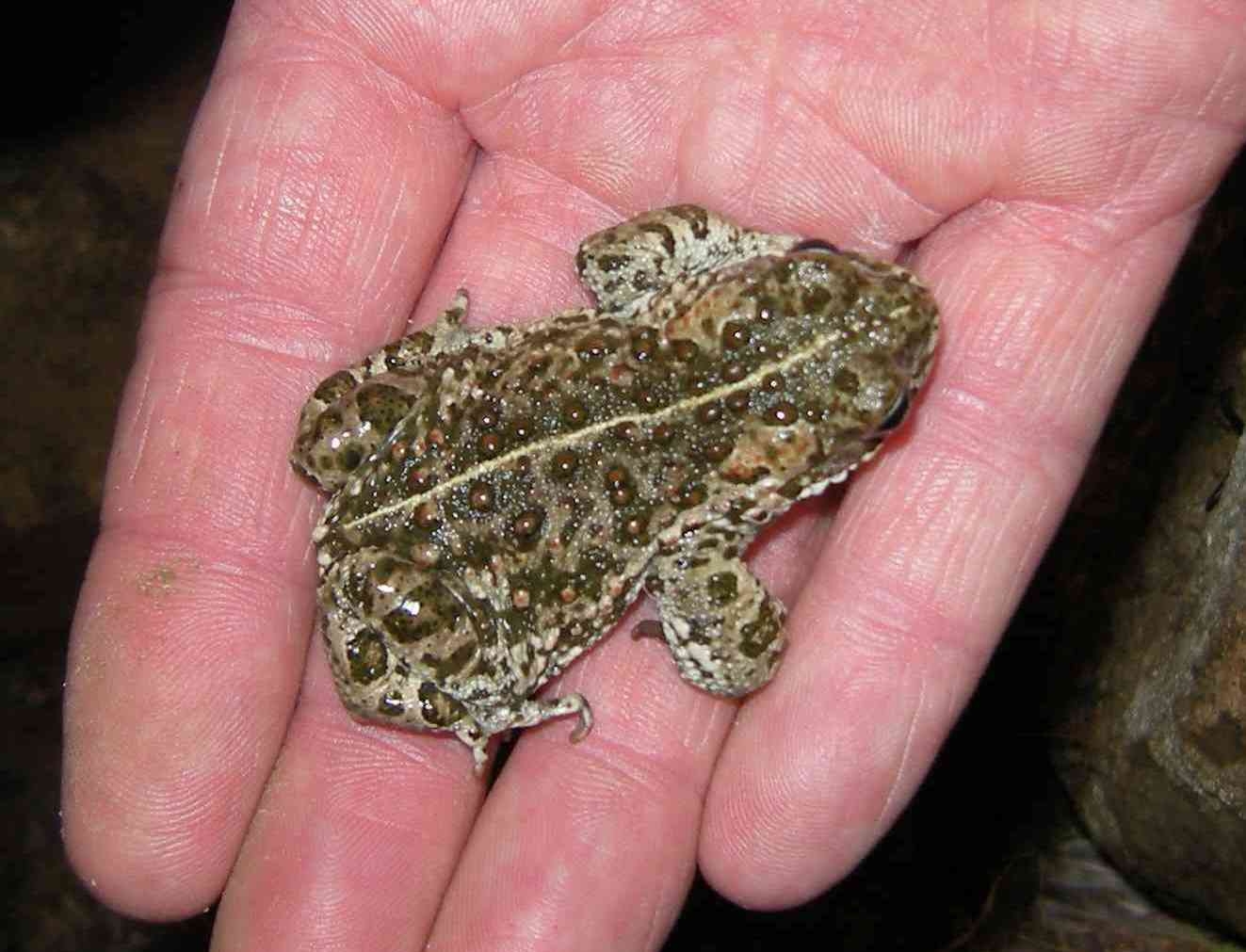
In 2004, Principal Research Officer, Dr Larry Griffin, discovered the Tadpole Shrimp (Triops) in the shallow pools out on the merse. Eggs can be laid and lie in the mud even when the pools dry up. The eggs can lie dormant for up to 30 years before hatching in the right weather conditions. A fascinating creature, this is the only place they are found in Scotland and they are found in one other location in the UK, which is in the New Forest.
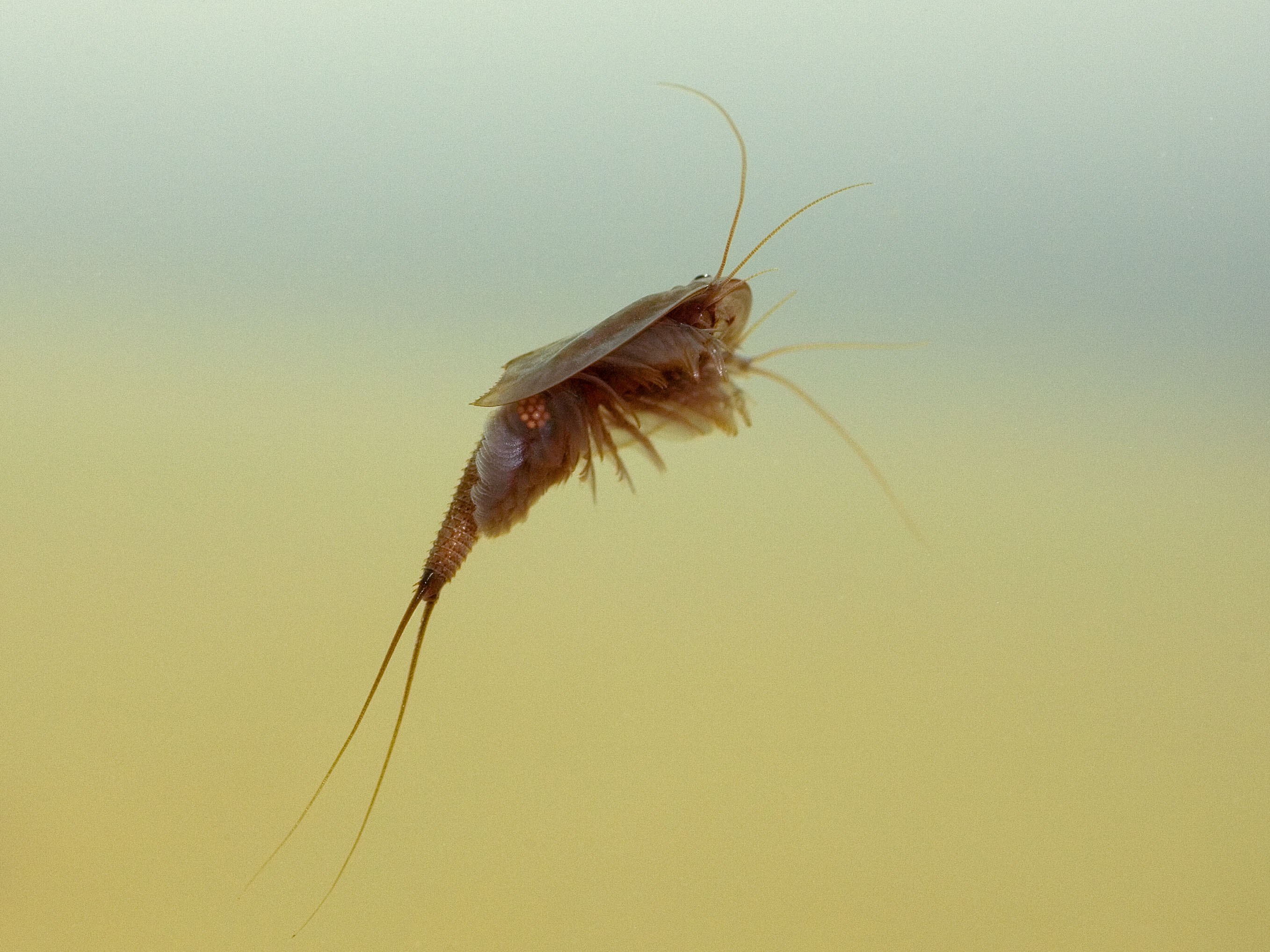
Photo credit: Edmund Fellowes
The huge remote merse, mudflats, sandbanks and shallow waters are a big attraction for thousands of waterfowl. Each winter, returning knot, dunlin, golden plover, grey plover, lapwings and oystercatchers swirl on the high tides and feed out on the plentiful mudflats, feeding on the lugworms, shellfish and all sorts of other crustaceans and invertebrates.
Whooper swans migrate from Iceland to winter in the UK and we feed them daily at WWT Caerlaverock. They are ringed here annually and we monitor which birds return each year, who their mates are and how many cygnets they return with.
In October each year, the entire population of Barnacle geese arrive, exhausted from their 2,000 mile migration from Svalbard. Over 40,000 birds spend the winter on the Solway Firth, with 8-10,000 to be seen feeding in the fields at WWT Caerlaverock daily. They are the reason the reserve was set up by Sir Peter Scott.In the 1940s there were only 300 birds left in the population and through the management of the reserve for them and the work done to protect them in the whole Solway Firth, their story is a big success story for waterfowl.
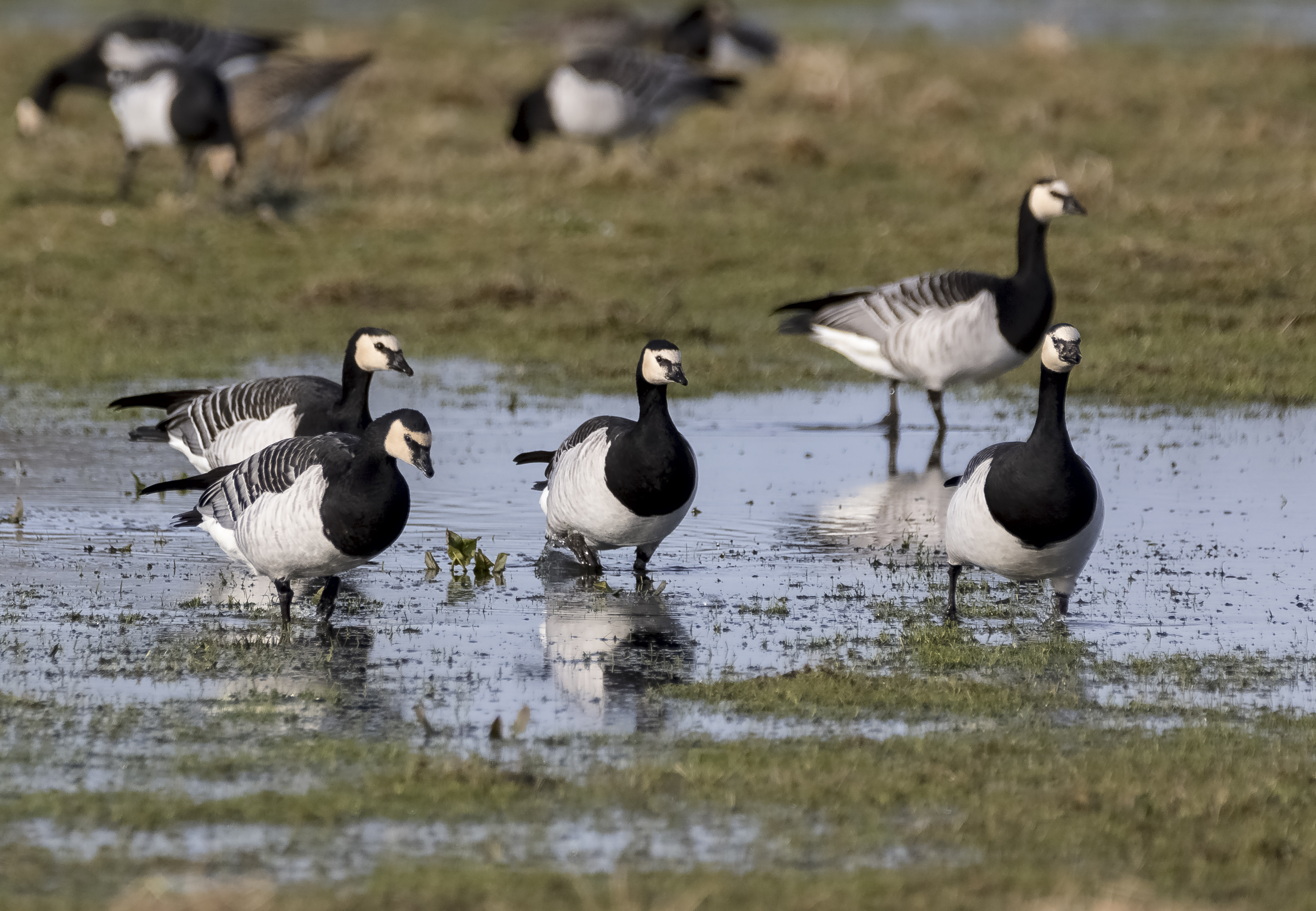
Photo credit: Alex Hillier
WWT Caerlaverock is currently closed due to Coronovirus restrictions, but when we re-open, be sure to visit our wonderful wetlands and our spectacular wildlife!
To find out more, share and raise awareness of World Wetlands Day, see the website: https://www.worldwetlandsday.org/
